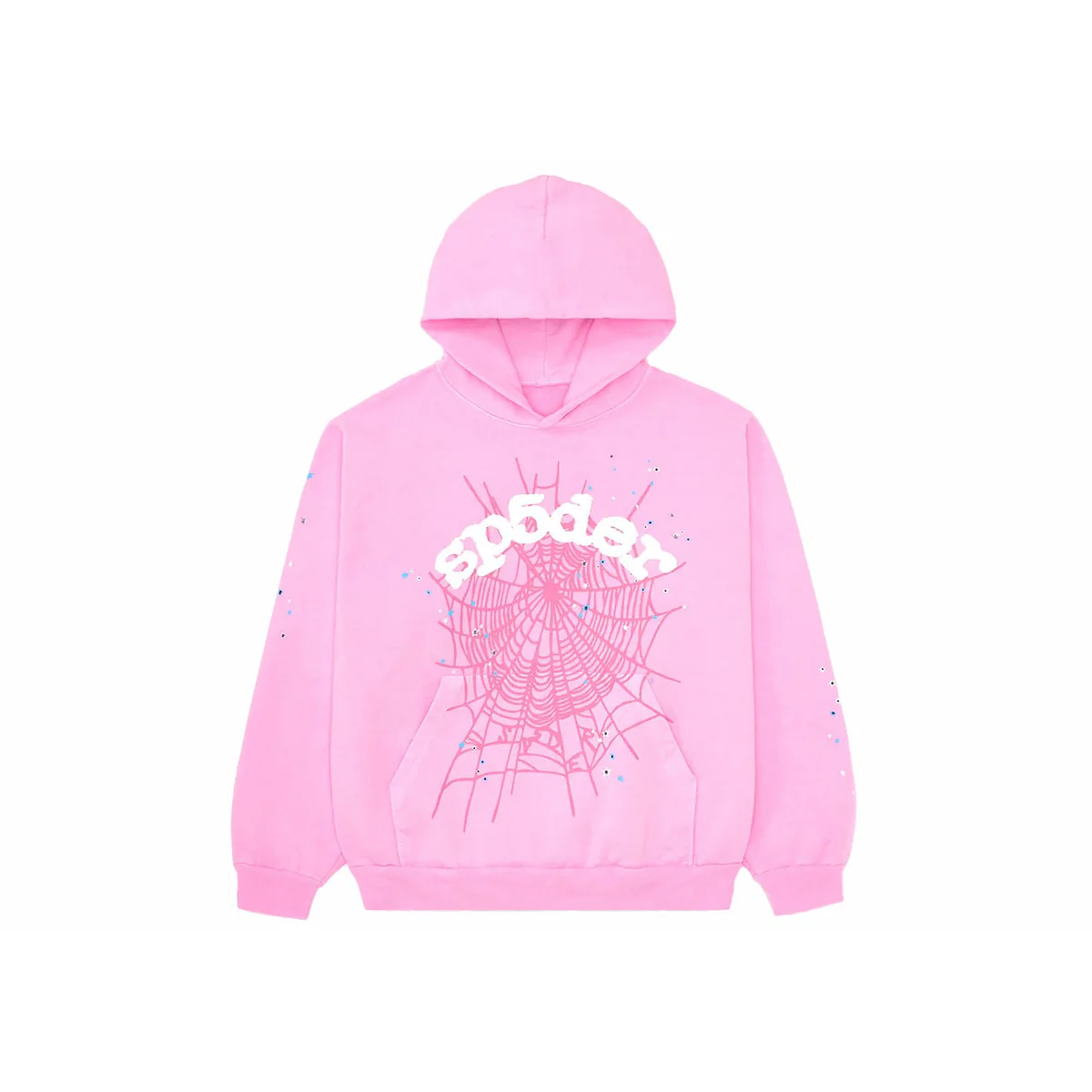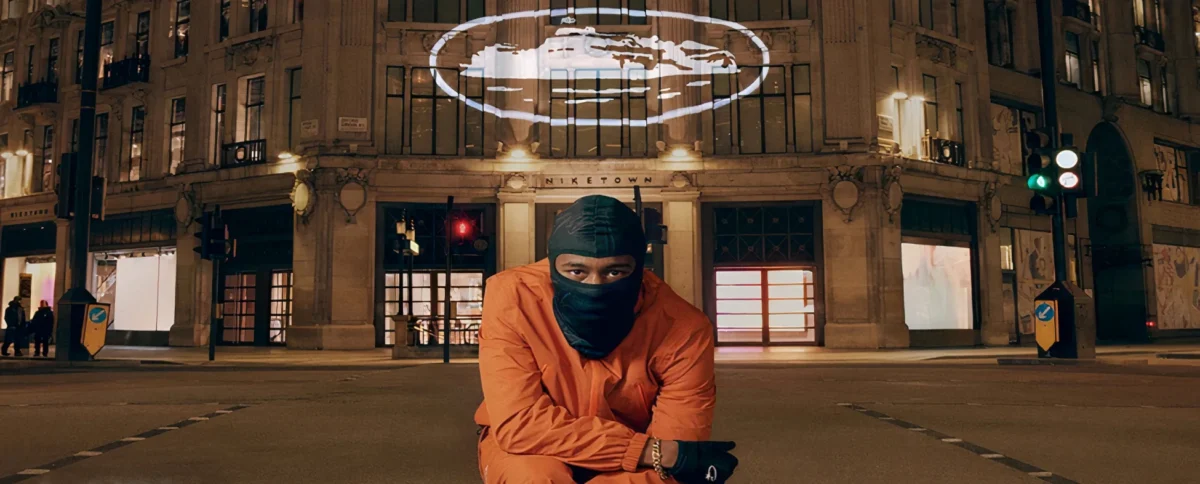If you’ve ever searched for Brazilian hair bundles online, you’ve likely noticed the flood of offers promising “100% authentic Brazilian hair” at unbelievably low prices. The truth? Not every bundle labeled Brazilian is the real deal. The hair industry—especially the human hair extensions market—is booming, and unfortunately, that means counterfeits are everywhere.
For U.S. shoppers who value quality, longevity, and that natural, flawless look, knowing how to spot fake Brazilian hair bundles can save hundreds of dollars and a lot of frustration. Let’s break it down step-by-step so you can confidently tell the real from the fake.
1. Understand What “Brazilian Hair” Really Means
Before diving into spotting fakes, it’s crucial to understand what authentic Brazilian hair actually is. Contrary to popular belief, “Brazilian” doesn’t always mean the hair literally comes from Brazil. Instead, it refers to a texture category—hair that’s naturally soft, full-bodied, and has a luxurious shine.
Real Brazilian hair usually comes from donors (primarily in South America) and is 100% virgin, meaning it hasn’t been chemically processed, bleached, or permed. Each strand should come from a single donor to maintain consistency in texture and color.
Fake bundles, on the other hand, are often a blend of synthetic fibers, animal hair, or low-quality human hair treated with silicone to mimic that silky feel—at least until the first wash.
2. The Price Test: Too Cheap to Be Real
You’ve probably heard the saying, “If it’s too good to be true, it probably is.” That applies perfectly to hair bundles.
Authentic Brazilian hair is a luxury product—sourcing, cleaning, and wefting genuine virgin hair costs money. If you see a bundle deal offering “3 for $50” or a “26-inch virgin Brazilian hair” for under $80, that’s a major red flag.
Real Brazilian bundles usually range from $100 to $300 per bundle, depending on the length, grade, and vendor reputation. Lower prices usually indicate synthetic mixes, coated hair, or reused strands.
3. The Touch and Feel Test
Run your fingers through the hair. Real Brazilian hair feels soft but not slippery, thick from root to tip, and lightly textured. It mimics the feel of naturally healthy human hair.
Fake hair, in contrast, often feels:
- Too silky or plastic-like (a sign of synthetic coating)
- Uneven in thickness
- Greasy or sticky, due to silicone or chemical treatments
Authentic hair also has natural movement and bounce—it doesn’t just hang stiffly. When you shake it, it should move freely and fall back into place effortlessly.
4. The Burn Test (Optional but Effective)
If you’re testing a small sample, try this: burn a few strands of the bundle carefully.
- Real human hair burns slowly, smells like burning protein (similar to burnt feathers), and turns to ash.
- Fake or synthetic hair melts quickly, smells like plastic, and forms hard beads.
While this test shouldn’t be your first step, it’s one of the most reliable ways to tell if the hair you bought is truly human.
5. Check for Color Consistency and Shedding
High-quality Brazilian hair is collected from a single donor, so the strands maintain a uniform color tone. When you spread the bundle out, you shouldn’t see noticeable color variations or artificial shine.
If the bundle looks too glossy, that’s likely from silicone coating or synthetic blending.
Also, give the hair a gentle tug. Authentic Brazilian bundles are double wefted to prevent shedding. Fake hair tends to shed excessively right from the start, especially when brushed or washed.
6. Perform the Wash Test
Washing can quickly reveal a bundle’s true nature. When you shampoo authentic Brazilian hair:
- The water runs clear, and the hair retains its softness.
- After drying, it returns to its natural pattern (body wave, straight, or curly).
Fake bundles, on the other hand, may:
- Lose their silky coating and become tangled or rough
- Change texture or curl pattern after drying
- Give off a chemical odor when wet
If that happens, you’re likely dealing with processed or mixed hair.
7. Pay Attention to the Weft Construction
Real Brazilian bundles are tightly and neatly sewn at the weft. You shouldn’t see loose threads or glue residue. Poorly constructed wefts are a dead giveaway of fake or low-quality hair.
Inspect the weft edge: authentic virgin bundles have minimal short hairs, showing that the hair hasn’t been overly trimmed or recycled.
8. Research the Seller and Read Reviews
One of the biggest mistakes U.S. buyers make is purchasing from unverified vendors on social media or random online stores. Always buy from reputable hair companies that provide:
- Transparent sourcing information
- Real customer photos and reviews
- Clear return policies
- Certificates of authenticity (for top-tier suppliers)
Before purchasing, Google the brand name with keywords like “reviews,” “fake hair,” or “complaints”. A five-minute background check can save you from a bad buy.
9. Longevity and Maintenance Check
Authentic Brazilian hair can last 12 months or more with proper care. It withstands heat styling, dyeing, and multiple washes without losing its quality.
Fake hair deteriorates quickly—within a few weeks, it tangles, mats, or becomes unmanageable. So if your “Brazilian” bundles barely survive a month, you’ve got synthetic imposters.
Final Thoughts
Brazilian hair bundles are an investment in beauty and confidence. But with so many knock-offs flooding the market, being an informed shopper is your best defense.
Always check for natural texture, realistic pricing, and seller credibility before buying. And remember: quality hair speaks for itself. Authentic Brazilian hair doesn’t just look good—it feels real, lasts long, and gives you that effortlessly glamorous look that never goes out of style.


